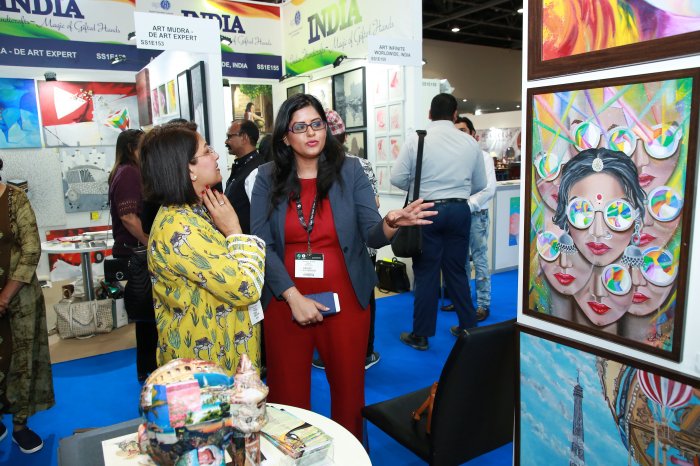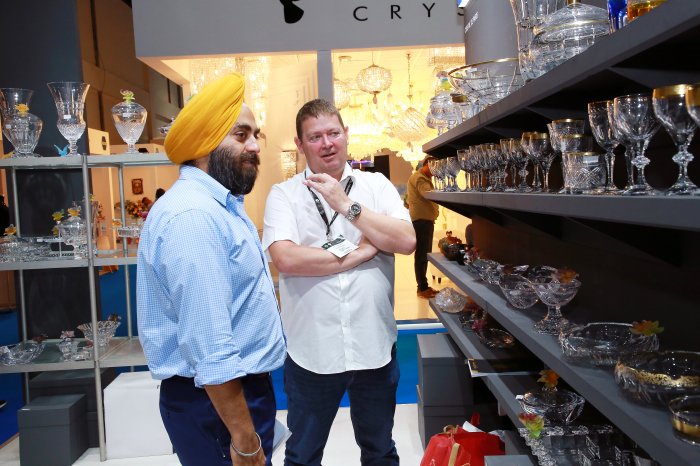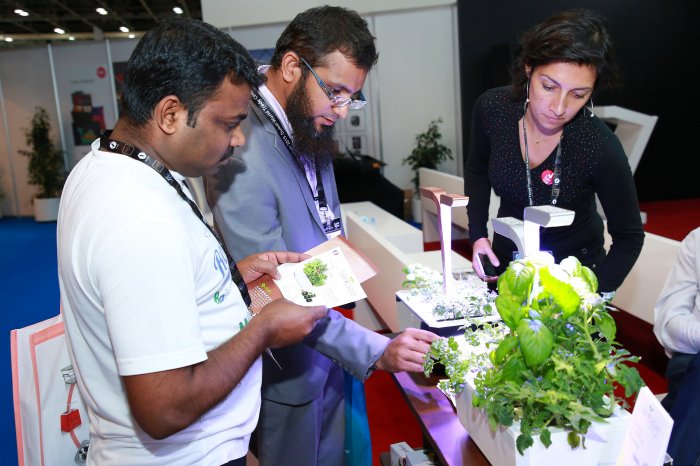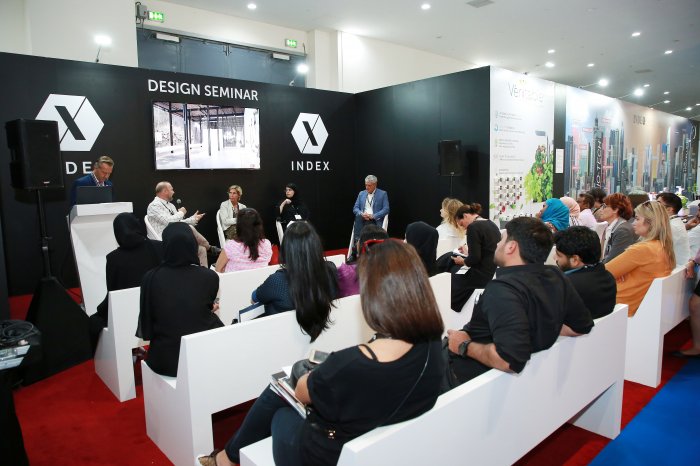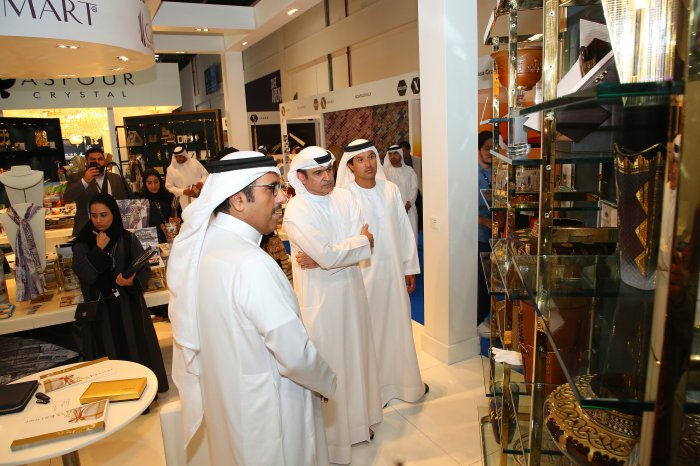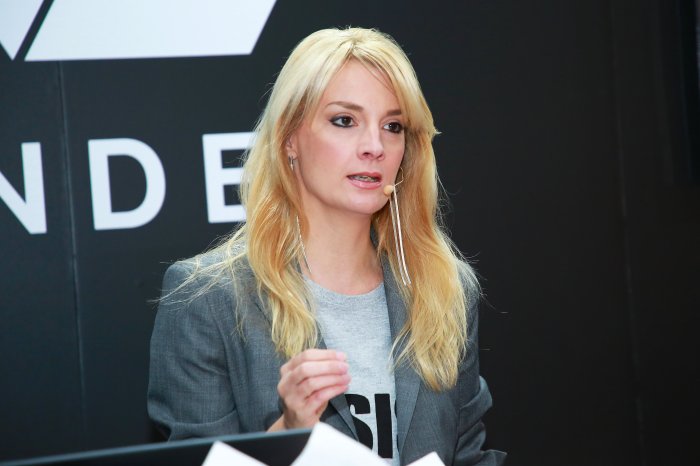
Dubai can be a hero city for global architecture and design sector, says experts at INDEX
Modern outlook anchored in heritage and culture, and sustainability are key for the region’s architecture and interior design sector, said experts at INDEX. Co-located with the Hotel Show Dubai, Leisure Show, and FIM, over 30,200 people attended the event that took place over three days at Dubai World Trade Center (DWTC).
BNC Network's GCC Construction Analytics report revealed that the urban construction sector has the highest number of projects (17,912), with their value estimated at $1.21tn. Given the robust number of construction projects in the pipeline in the GCC, that will soon be ready for the interior design and fit-out phase, industry stalwarts like Victoria Redshaw from UK Trend Futurists Scarlet Opus, Danish Design Guru Johannes Thorpe, Dubai based Pallavi Dean, Founder of Roar who spoke at, and attended INDEX, unanimously commented on design being modern while preserving the authenticity and sensibility of the region’s prolific culture and heritage.
According to the recent Middle East hotel construction pipeline report by Lodging Econometrics, “Hotels presently under construction are at 355 properties with 113,635 guestrooms, which is an all-time high”. According to Deloitte GCC Powers of Construction 2017, “Dubai, focused on Expo 2020 will continue to be event-driven markets”. Victoria Redshaw said, “Architectural structures and design should aim to be a statement of pride upholding the uniqueness and culture of this country especially with the number of visitors that will soon be pouring in for Expo 2020”.
Talking about 2019 trends, Victoria explained that biophilic design is the way forward for Dubai and other GCC countries. “Biotech is a diverse discipline that looks at how science and technology evolve and work with each other to push boundaries and move forward to achieve environmental improvements, health benefits, and super connect with future. Taking that as inspiration, Dubai as well as other GCC countries, which have a unique environmental position, has the opportunity to adopt biophilic design and be a hero city for biophilic design in the World if the city planners and architects integrate nature, sense of wellbeing, sustainability while addressing the resources within the architecture of this region”.
“The millennial generation in the region are best placed to turn what this great location can be into reality. The millennial designers in the UAE, and the wider Middle East understand and respect their culture and heritage, and also have a global outlook. They are educated abroad or owing to technology are aware of everything happening in the world. They want to bring that worldview home while preserving the culture and heritage of the land, and therefore are absolutely key for the future of the region’s design sector”, continued Victoria.
Redshaw concluded by saying, “We cannot put a price tag on our planet, we need to look after where we currently live. The UAE is leading the way in the region to incorporate sustainability at all levels. For example, sound rules and regulations have been instated to control food wastage. It will be ideal to see similar efforts taken to control glass and plastic wastage. For this, the region can look towards the west, and other parts of the world where post-consumer waste is converted to materials to be used within interiors, and the building industry”.
The increased focus on sustainability ahead of Expo 2020 in Dubai is evident in this official statement, “the 4,500 sqm ‘Opportunity Pavilion’ will be built using 2,500 tons of stone and organic materials including timber and over 100 kilometers of rope. All the materials that will be used in the pavilion’s construction are recyclable, with no concrete”.






